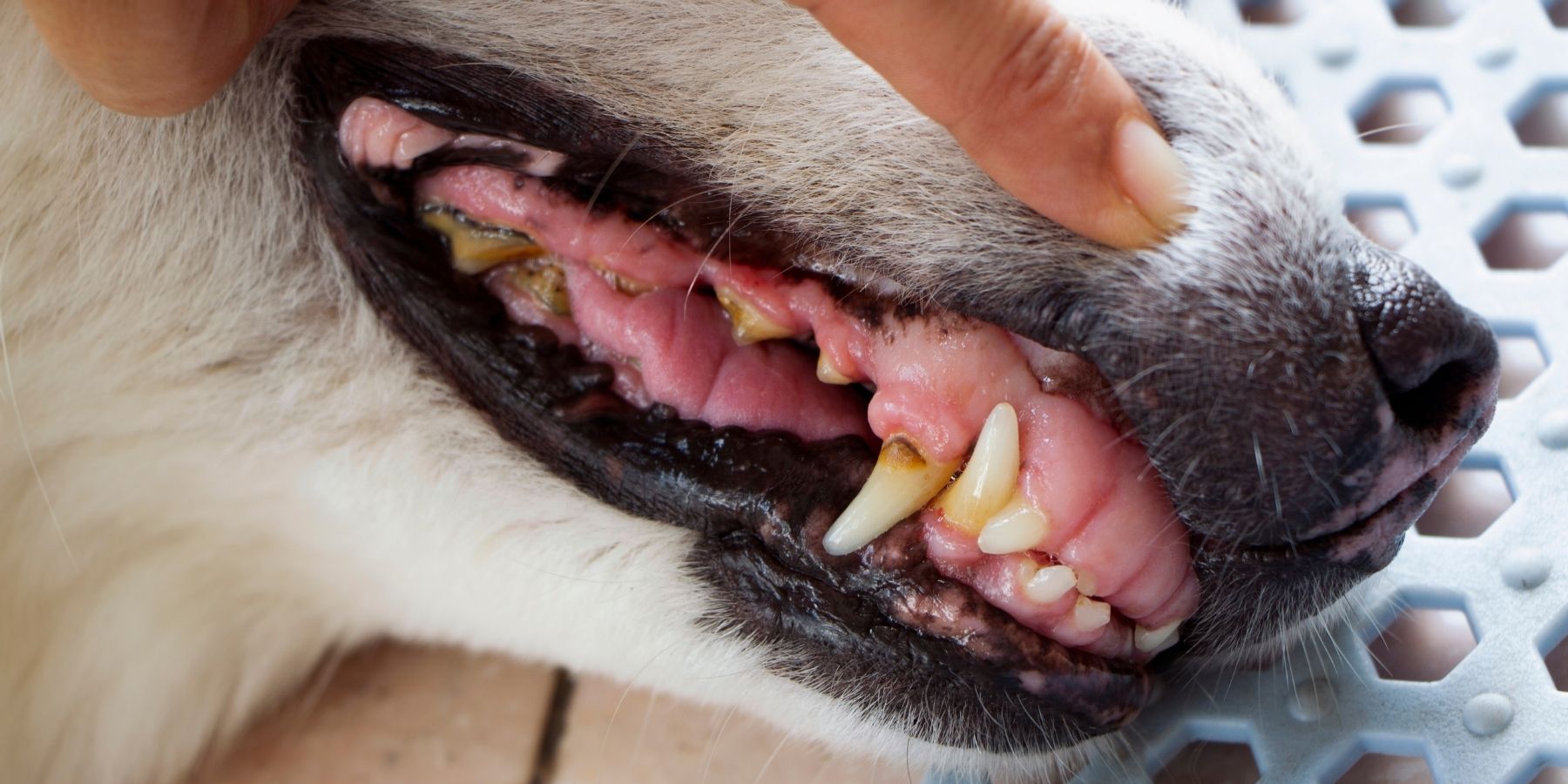Have you ever noticed your furry friend's teeth looking less than perfect? Dog teeth rot is a common issue among our canine companions. In this blog, we'll explore the reasons behind this problem, and provide you with the knowledge to help keep your dog's smile healthy.
Understanding Dog Teeth Rot
Dog teeth rot, or dental decay is often caused by a build-up of plaque and tartar. This can lead to periodontal disease, which affects the gums and bones supporting the teeth. It's not just about bad breath; dental decay can lead to more serious health issues for your dog.
Common Causes
Poor Oral Hygiene: Just like in humans, not brushing a dog's teeth can lead to plaque build-up.
Diet: Feeding your dog sugary or starchy foods can increase the risk of decay.
Age: Older dogs are more prone to dental issues.
Breed Size: Small breeds tend to have more dental problems.
Symptoms to Watch For
Being aware of the signs of dog teeth rot is crucial for early intervention and effective treatment. Here are some key symptoms to keep an eye on:
Bad Breath: While it's common for dogs to have not-so-fresh breath, a particularly foul odor can be a sign of dental decay or gum disease.
Difficulty Eating: If your dog suddenly seems hesitant or struggles while eating, especially hard foods, it could indicate pain or discomfort due to dental issues.
Swollen or Bleeding Gums: Healthy gums should be pink and firm. Redness, swelling, or bleeding are clear signs of gum disease, which can lead to or exacerbate teeth rot.
Loose or Missing Teeth: This is a more advanced symptom. Loose teeth can indicate that the supporting structures in the mouth have been compromised by disease.
Pawing at the Mouth or Face: Your dog might paw at their face or mouth if they are experiencing discomfort or pain in their teeth or gums.
Reduced Appetite or Refusal to Eat: Dental pain can lead to a decrease in appetite, which is particularly concerning in dogs.
Visible Tartar: Thick, brown coatings on the teeth near the gum line are a sign of tartar build-up, a precursor to tooth decay.
Changes in Behavior: Any change in your dog's behavior, like increased irritability or lethargy, can be a sign of pain or discomfort from dental issues.
Prevention: Key to Dental Health
Regular Brushing: Brush your dog’s teeth daily using dog-specific toothpaste.
Healthy Diet: Feed them a balanced diet and avoid too many treats.
Regular Dental Check-Ups: Have your vet check your dog's teeth regularly.
Dental Chews and Toys: These can help reduce plaque and tartar build-up.
Treatment Options
If your dog is suffering from dental decay, your vet might suggest:
Professional cleaning
Tooth extraction in severe cases
Medication for any infection or pain
Conclusion
Preventing dog teeth rot is an essential part of your dog’s overall health care. Regular dental care, both at home and professionally, can help keep your dog happy and healthy.
FAQs
Q: How often should I brush my dog’s teeth?
A: Daily brushing is ideal.
Q: Can dog teeth rot be reversed?
A: While early stages of plaque build-up can be treated, severe decay often requires professional care.
Q: Are certain dog breeds more at risk?
A: Yes, small breeds and older dogs are generally more prone to dental issues.
Q: Can I use human toothpaste for my dog?
A: No, always use toothpaste formulated for dogs.
Q: How often should my dog see a vet for dental care?
A: At least once a year, but follow your vet's recommendation based on your dog's specific needs.


